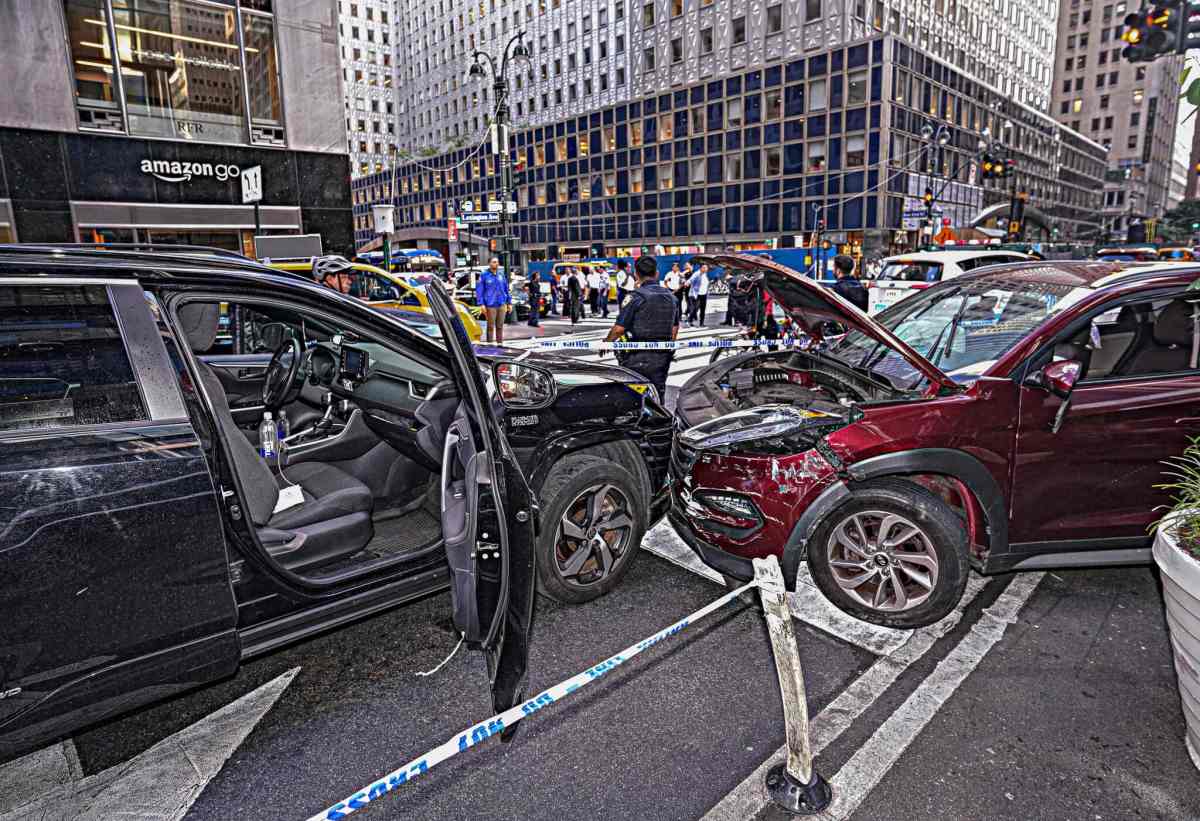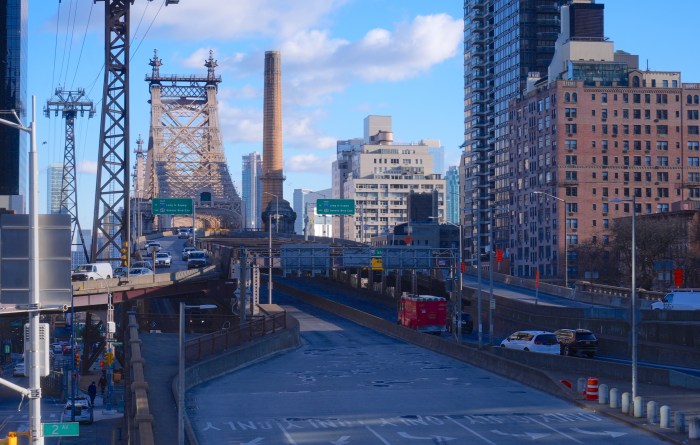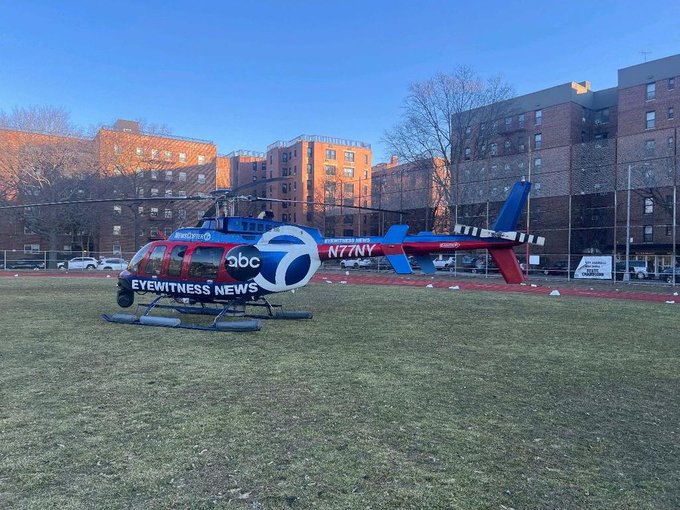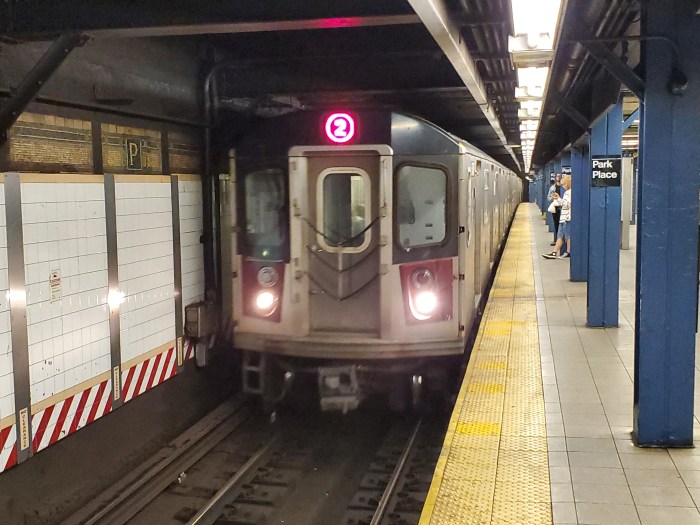Pedestrian deaths have been cut nearly in half in the decade since New York City adopted Vision Zero, according to a new analysis from the city’s Department of Transportation (DOT).
The city saw 101 pedestrian deaths in 2023, still a grim total, but 45% lower than the 184 deaths seen in 2013 — the year before Vision Zero was adopted by the then-new mayoral administration of Bill de Blasio. Total traffic deaths, which also include motorists and cyclists, have declined 12% over the same period.
Broadly speaking, cities that adopt Vision Zero strive to entirely eliminate traffic deaths on their streets through policymaking levers and public space redesigns to preclude the possibility of fatal encounters. Since embracing Vision Zero a decade ago, the city has gotten its speed limit lowered to 25 miles per hour, deployed hundreds of cameras to catch speeders and red light runners, and redesigned numerous streets to be more pedestrian and cycling-oriented.
City officials believe the interventions of the past decade have directly saved hundreds of people’s lives.
“Through Vision Zero, we’ve saved lives and made our streets safer for everyone,” said DOT Commissioner Ydanis Rodriguez in a statement.
The findings also implicitly push back on a report this month from advocacy group Transportation Alternatives, which asserted that while the streets are safer than a decade ago, the gains had only been felt in whiter, richer neighborhoods.
Conversely, the DOT’s analysis concludes neighborhoods with high non-white populations saw a 23% overall drop in pedestrian deaths and a 16% overall drop in traffic deaths.
What’s more, a disproportionate share of “Street Improvement Projects” under the Adams administration have been in neighborhoods with high non-white populations: 42% of street redesigns have been in the most non-white areas while only 19% have been in the whitest areas.
“We’re dedicated to ensuring all New Yorkers reap the benefits of these initiatives,” said Rodriguez. “That’s why under the Adams Administration, we have expanded Vision Zero’s commitment to equity. We prioritize underserved communities when locating projects and have completed more projects in these communities than anywhere else.”
The past decade has not been a rousing success on all fronts, however.
The city last year saw the highest number of cyclist fatalities in the 21st century, with 30 bikers losing their lives. That’s more than double the 12 cyclists killed in 2013, though there are many more cyclists on the road overall as its popularity in the five boroughs exploded over the same time frame.
Motorist deaths were also up last year compared to 2013, with 111 losing their lives last year compared to 103 ten years prior. Furthermore, 20 riders of motorized vehicles like illegal mopeds and stand-up electric scooters were killed last year; those modes were not measured back in 2013, before the large-scale proliferation of delivery by electric micromobility.
Some cities that have adopted Vision Zero have been more successful in reducing traffic deaths. Across the Hudson River, Hoboken, NJ has not recorded a single traffic death since 2017.
Back in the five boroughs, 52,809 people were injured in crashes in 2023, which is down from the 55,540 injured in 2013 but only by 5%. Total injuries have trended erratically in the decade of Vision Zero and have crept upward since a large decline in pandemic-defined 2020, though DOT notes that serious injuries in particular have trended downward by more than 20% since 2019.






































